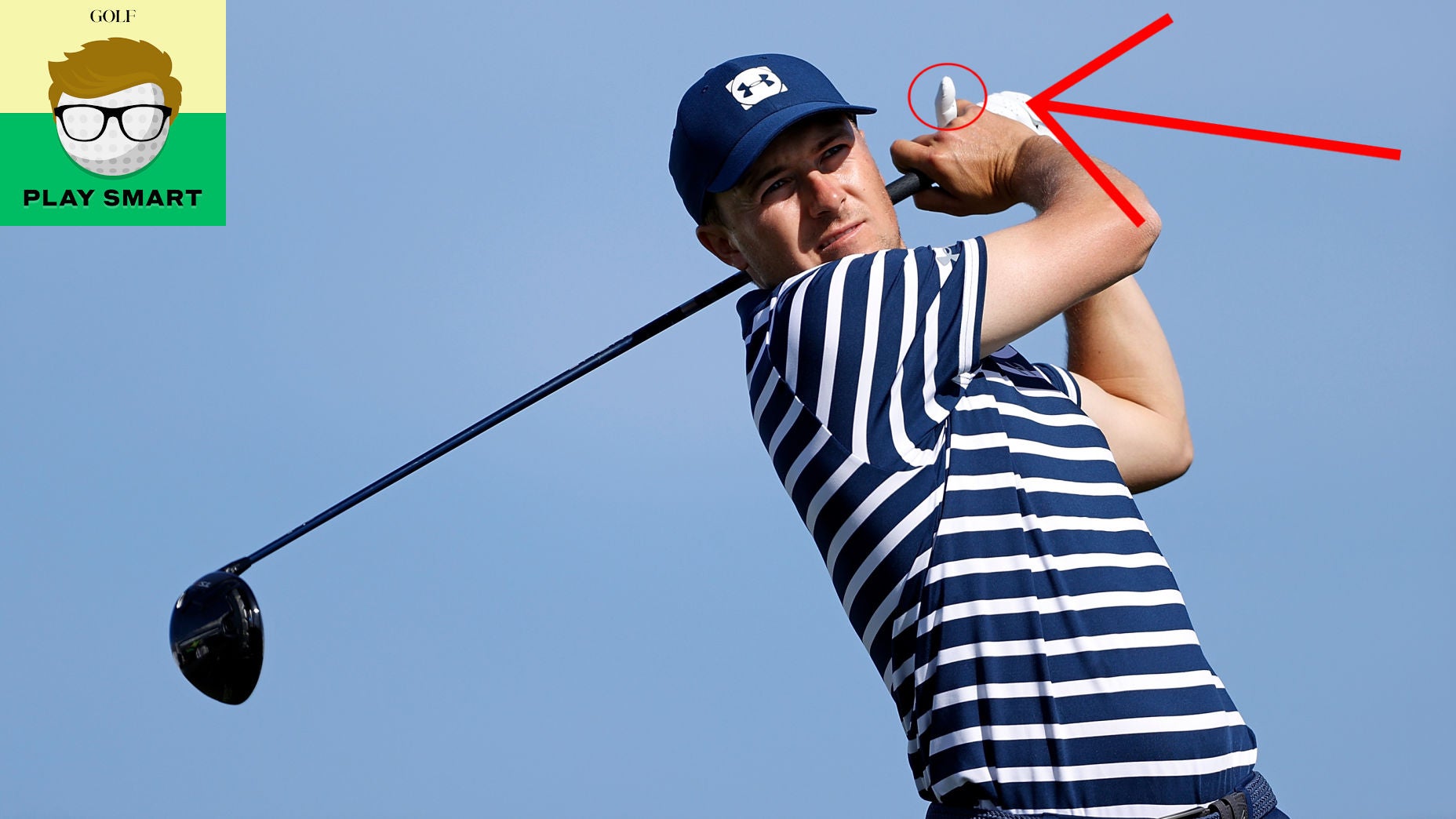Welcome to Play Smart, a game-improvement column that drops every Monday, Wednesday, and Friday from Director of Game Improvement content Luke Kerr-Dineen to help you play smarter, better golf.
If there is a secret to the golf swing, it’s that there is no secret. The one and only goal of your golf swing is to hit the ball relatively straight and far, more often than you go short and sideways. It doesn’t really matter how you do that, as long as you figure out a way to do it consistently. I’m sorry if that’s a slightly messy answer, but as any good coach will tell you, it’s also the truth.
Messy as it is, that’s what makes the golf swing so wonderfully fun. It’s why there are so many different ways of swinging without any “right” answer. It’s all about figuring out what works for you, and never is that more true than with your golf grip.
Different pros grip the golf club in different ways based on their body type. Some golfers chose a stronger grip to counteract their body rotation; others prefer a weaker grip for the opposite reason. It all depends on you — a good coach can help you find your best balance — but all the variations aside, most golfers fall into two different catagories.
Either they use an overlapping “Vardon” grip, where the pinky of your trail hand sits on top the index and middle finger of your lead hand.
Or they use an interlocking grip, like Tiger Woods, where the two fingers link with each other.
And then there’s Jordan Spieth, who uses neither.
SIM2 Max Irons
Well, technically, it’s not neither. It’s more of a hybrid of both.
Spieth uses what is best described as a reverse overlap grip. He overlaps the wrong finger and half-interlocks, as Golf Digest‘s Matt Rudy describes:
Instead of resting the little finger of his right hand on top of his left index finger or linking his pinkie and index fingers, Spieth lets that left index finger ride on top of the right hand and slightly interlocks it with his right pinkie.
Look at the side-by-side below and you’ll see the subtle, but significant, difference.
Tiger’s more traditional interlocking grip means both fingers are curled firmly around each other, secured to one other and the club. Jordan’s is closer to a 10-finger baseball grip: His left index finger is sitting on top of the right hand and almost coming off the club as a result. Rather than his right pinky locking onto his index finger, it’s more on top of his middle finger, hardly interlocked at all.
All this has the effect of his unconventional overlapping index finger coming completely off the club during his swing, especially during his follow through.
This is why Spieth’s finger looks like that, in case you were ever wondering what that was all about. And no, there’s nothing wrong with it. It’s juts a quirk that, for whatever reason, helps Jordan feel comfortable and helps him control the clubface. Really, that’s all that matters, and hopefully we’ll be seeing lots more of it atop leaderboards in the future.
Want to really dial in your irons? Schedule a fitting with the experts at our sister company, True Spec Golf.
